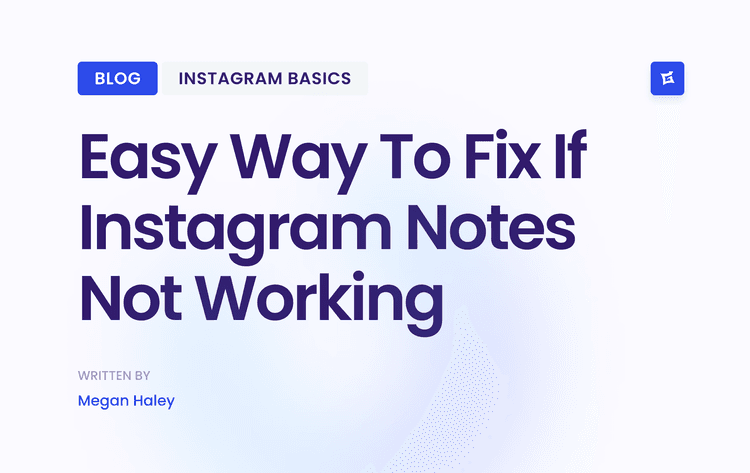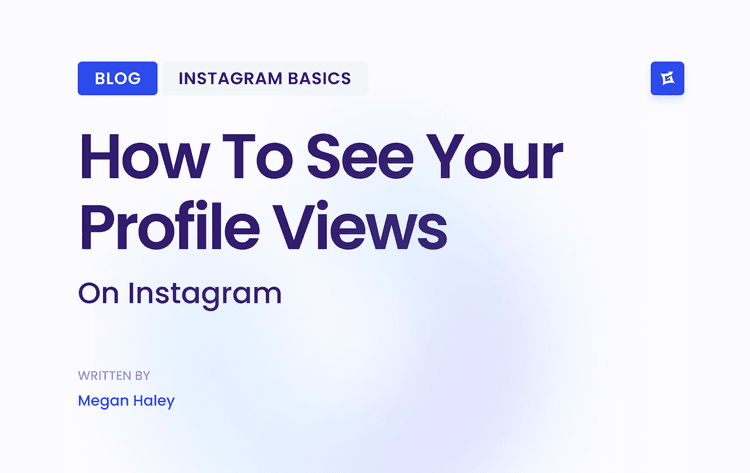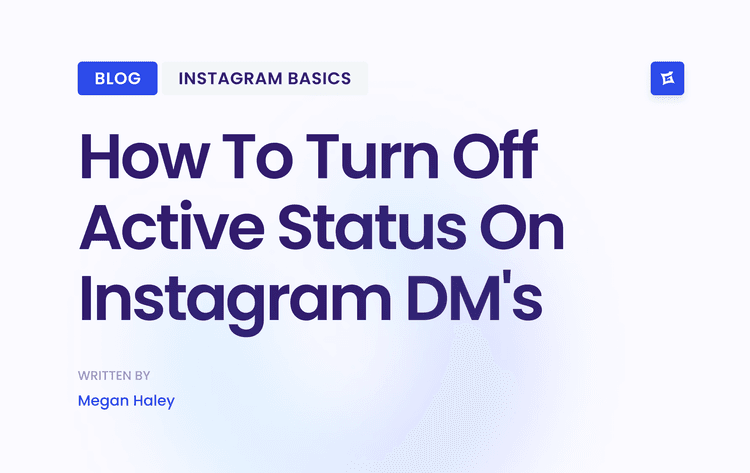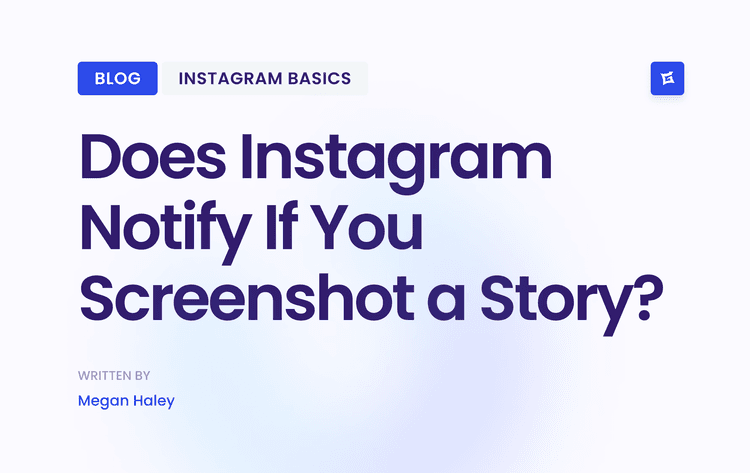Why Your Brand Voice Is a Business Superpower

Imagine you’re at a networking event. One person is cracking jokes and telling animated stories to a captivated group. Another is quietly offering deep, insightful advice to a few people leaning in. A third is moving through the room with a warm smile, making everyone feel instantly welcome.
Each of them has a distinct personality that naturally attracts different kinds of people. Your brand voice does the same thing online. It’s the specific words you choose, the way you structure your sentences, and the overall feeling you convey that sets you apart from everyone else.
This personality is what turns your business from just another logo into a memorable character people actually want to engage with.
Standing Out in a Crowded Market
Let's be real: today's market is incredibly noisy. By 2025, it's estimated that there will be around 500,000 brands all fighting for attention across more than 2,000 categories. With that level of competition and shrinking attention spans, just having a good product isn't enough to get noticed.
A unique and consistent brand voice is what helps you cut through the static. It’s the personality that makes you different. For a deeper dive, check out these insights on how brands can stand out at Ramotion.com.
A clearly defined brand voice is far more than a "nice-to-have" marketing detail; it's a core business asset. It’s what builds trust, fosters loyalty, and makes every customer touchpoint feel authentic and familiar.
> A consistent brand voice isn't about sounding like a robot. It's about ensuring your brand's core personality shines through in everything you do, creating a reliable and trustworthy experience for your audience.
In the end, your brand voice helps a potential customer answer one simple question: "Is this brand for me?"
When your voice truly connects with them, the answer is a resounding "yes." That connection is the bedrock of a loyal customer base and the engine for sustainable growth. Without it, you’re just another company shouting into the void.
The Building Blocks of a Memorable Brand Voice
Knowing the definition of brand voice is a good start, but the real magic happens when you understand its core components. A powerful voice isn't just one thing; it's a mix of specific ingredients that, when combined, create a consistent and instantly recognizable personality.
Think of it like creating a character for a movie. That character needs a distinct personality, a unique way of speaking, and a clear motivation that drives them. Your brand is the same. These elements are the foundation for every single word you publish.
The infographic below shows how these pieces fit together to form a hierarchy for your brand voice.
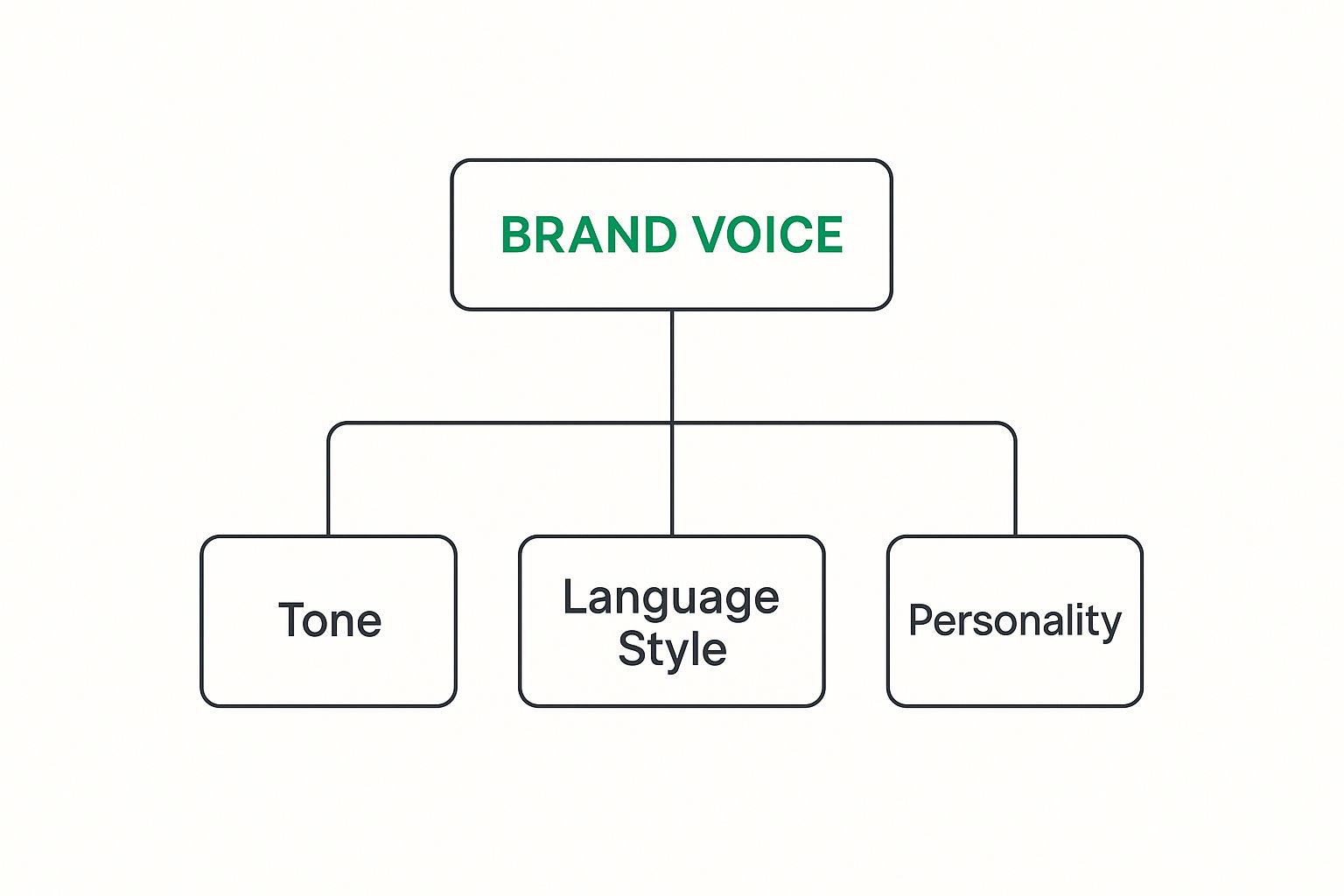
As you can see, the overarching voice is the big picture, but it’s expressed through your brand's personality, its style of language, and the specific tone you adopt in different scenarios.
The Core Components
To build a voice that sticks, you have to define its foundation first. It all starts with understanding what makes your brand your brand. A strong voice grows directly out of a well-defined brand personality—the human-like persona behind the logo.
Let's break down the three most critical building blocks.
Character and Personality: This is the "who" behind your brand. If your brand walked into a room, who would it be? Are they the witty, rebellious friend like Liquid Death, using humor and edgy jokes? Or are they the calm, trusted expert like Mayo Clinic, focusing on empathy and clarity?
Language and Style: This is the "how" of your communication. It gets into the nuts and bolts of your vocabulary, sentence structure, and even the rhythm of your writing. Do you throw in slang and pop culture references, or do you stick to more formal, industry-standard language?
Purpose and Intent: This is your "why." Every piece of content you create should have a clear goal that ties back to your brand's mission. Whether you aim to educate, inspire, entertain, or reassure, this intent shapes your word choices and makes your communication feel meaningful.
> By defining these three pillars, you move from a vague idea of a voice to a concrete, actionable framework. This framework ensures that everyone—from your social media manager to your customer support team—is speaking with one unified and authentic voice.
A Practical Guide to Finding Your Brand Voice

Alright, let's move from theory to action. This is where your brand voice stops being an abstract idea and starts becoming a real, tangible asset. Finding your voice isn't about pulling ideas out of thin air; it’s a deliberate process of discovery. It all comes down to deeply understanding your brand's core mission and the people you're trying to reach.
The first step is to look inward. Before you can decide what you want to sound like, you need to know what you sound like right now. Take a good, honest look at all your existing content—every blog post, social media update, and email newsletter. This audit will almost certainly reveal patterns you didn't even know were there.
Next, it's time to turn your focus outward to your audience. To build a voice that genuinely connects, you have to speak their language.
> Simple surveys are great for this, as is social listening and just digging into customer feedback. These insights are pure gold, ensuring the voice you build isn't just authentic to your brand, but actually resonates with the people who matter most.
Once you have this groundwork laid, you can start doing some practical exercises to turn those fuzzy ideas into concrete guidelines.
Defining Your Brand Persona
Here’s a powerful way to start: personify your brand. Get your team together and ask one simple question: “If our brand walked into a room as a person, what three words would describe them?”
Are you Energetic, Witty, and Bold? Or maybe you're more Calm, Reassuring, and Knowledgeable. These three words become the foundation for your brand voice, a North Star for every single piece of content you create. For entrepreneurs and creators, nailing down these traits is a huge part of learning how to create a personal brand that feels real and connects with an audience.
With your core descriptors in hand, it's time to document them in a brand voice chart. This tool is deceptively simple but absolutely essential for keeping everyone on the same page.
Example Brand Voice Chart
Witty: We say “Our AI is so smart, it thinks in puns,” not “Our AI utilizes sophisticated humor algorithms.”
Helpful: We say “Here’s a quick guide to get you started,” not “Review the attached documentation for setup.”
Think of this chart as your cheat sheet. It gives anyone writing for your brand a clear set of "dos and don'ts," making it so much easier to stay consistent and on-brand.
Applying Your Brand Voice Across Every Channel
You’ve done the hard work of defining your brand voice. That’s a huge step, but it’s just the beginning. A brilliant voice guide sitting in a shared drive doesn't build a brand. To forge real connections and earn trust, that personality needs to show up everywhere you do.
Think of it this way: Consistency is what makes a brand feel familiar and dependable. Your website copy, email newsletters, social media captions, and even customer support chats should all feel like they’re coming from the same source.
Voice Is Who You Are, Tone Is How You Say It
Of course, this doesn't mean you sound the same everywhere. This is where the crucial difference between voice and tone comes into play. Your voice is your core personality—it’s fixed. Your tone is the emotional inflection you use in different situations, and it should adapt.
You wouldn’t talk to your best friend the same way you’d talk to your grandma or your boss, right? You’re still you, but your delivery changes based on the context. The same logic applies to your brand.
Website Copy: This is your digital home base. Your voice should clearly communicate what you offer while embodying your core personality, whether that's authoritative and helpful or quirky and fun.
Social Media: Channels like Instagram or TikTok are more like a casual hangout. Here, you can lean into a more conversational tone, using humor, behind-the-scenes glimpses, and interactive content to let your personality shine.
Customer Support: When a customer reaches out with a problem, your tone needs to shift. It should become more empathetic, reassuring, and patient, all while staying true to your brand's underlying helpful nature.
> The real magic happens with omnichannel consistency. When your audience gets that same authentic personality on your site, in their inbox, and on their social feed, they begin to build a much deeper, more genuine sense of trust.
This isn’t just a nice-to-have anymore; it's what customers expect. Research shows that about 90% of consumers look for a consistent brand experience no matter where they interact with you. Digging deeper, the data also reveals that 64% of people feel loyal to brands that share their values, something a clear voice helps communicate. You can learn more about how a strong brand voice attracts business at Ignite Visibility.
Let's look at how a single brand voice might adapt its tone for different platforms.
How a Single Brand Voice Adapts to Different Platforms
Blog Post: The objective is to educate and establish authority, so the tone should be professional, informative, and in-depth.
Instagram: The objective is to build community and showcase personality, so the tone should be casual, witty, visual, and engaging.
Email Newsletter: The objective is to nurture leads and drive sales, so the tone should be personal, exclusive, and encouraging.
LinkedIn: The objective is to network and build B2B credibility, so the tone should be formal, insightful, and industry-focused.
As you can see, the core personality remains, but the tone shifts to match the audience and the goal of each channel.
Achieving this level of consistency doesn't happen by accident. It requires clear, practical guidelines that act as a playbook for your entire team. For a complete walkthrough on putting this together, check out our guide on creating social media brand guidelines.
How to Measure Your Brand Voice Impact
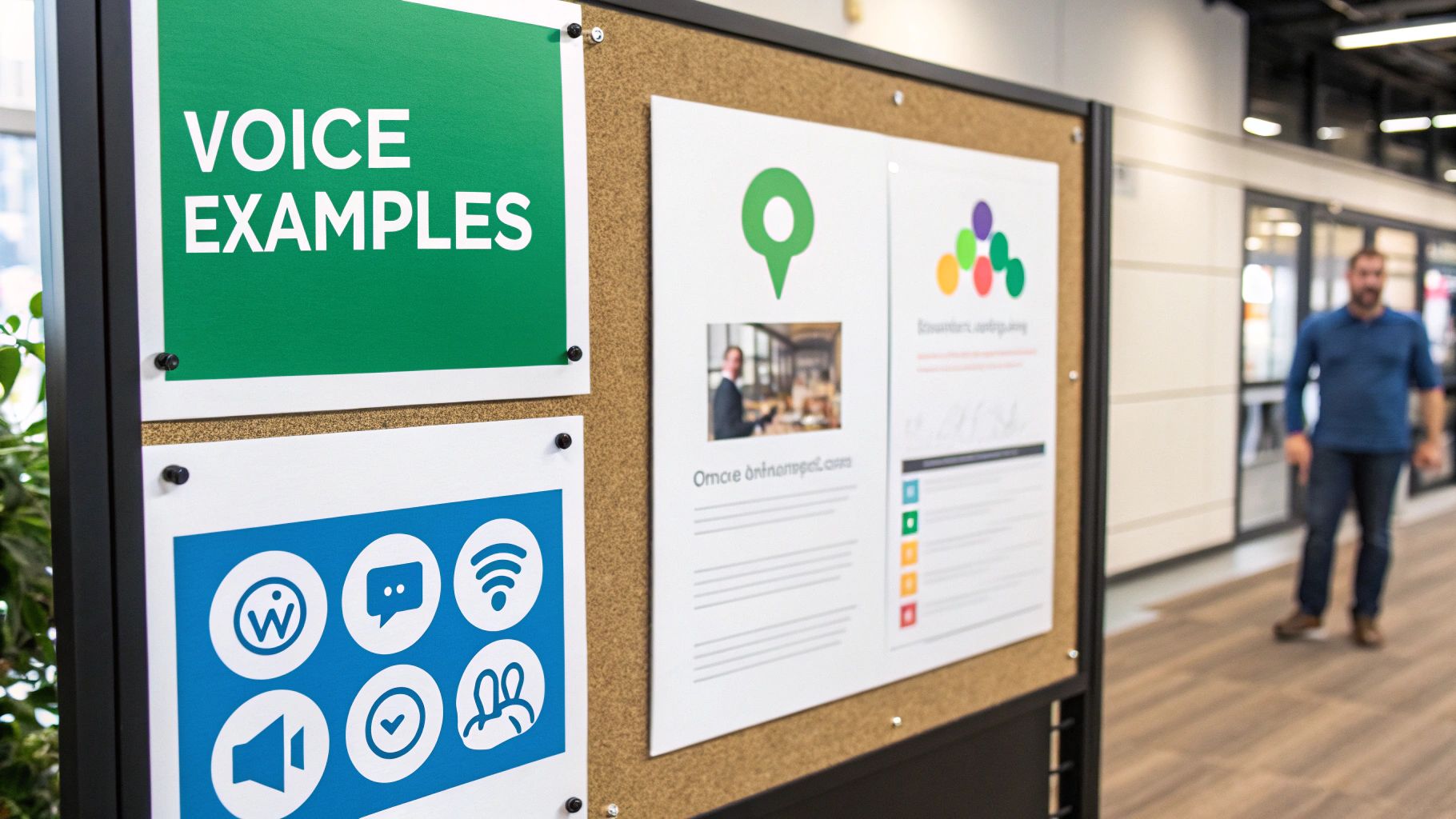
Defining your brand voice is the creative part. Proving it works? That comes down to the data. A great brand voice doesn't just feel right—it should drive real, measurable results for your business.
This means you need to look at both the warm-and-fuzzy feedback and the cold, hard numbers. By tying your communication style to key performance indicators (KPIs), you can show exactly how your brand’s personality is contributing to growth and building a loyal following. Getting a handle on this connection is the key to fine-tuning your strategy as you go.
Key Metrics to Track
To see the full picture, you need to keep an eye on a few different types of metrics. These will tell you how your audience perceives your brand and, more importantly, how your voice influences what they do next.
Here’s what to watch:
Social Media Engagement: Don’t just count likes. Are people actually commenting, sharing, and saving your content? Higher engagement is a solid sign that your voice is hitting the mark and sparking conversation.
Website Conversion Rates: This is where you can get really specific. Try A/B testing different headlines, calls-to-action, or even just a few lines of copy. Sometimes, a small tweak that aligns better with your voice can make a huge difference in sign-ups or sales.
Audience Sentiment: Use tools to monitor what people are saying about you online. Are the comments and reviews generally positive, negative, or neutral? Positive sentiment is a powerful indicator that your voice is creating a genuine connection.
> Remember the Tropicana redesign disaster of 2009? They changed their look and feel so drastically—without testing it—that sales plummeted by 20%. It’s a classic cautionary tale about the very real financial risk of getting your voice wrong.
The impact of your brand voice is also closely tied to your overall brand health. This means you’ll need a solid way of measuring brand awareness to see if your unique voice is actually making you more memorable.
Plus, understanding how your voice works often means looking at the bigger picture of your content strategy. It’s worth learning how to effectively measure content performance to connect the dots.
When you start measuring its impact, your brand voice stops being just a fluffy marketing concept. It becomes a tangible business asset you can confidently invest in and improve over time.
A Few Lingering Questions About Brand Voice
Even after you've nailed down your brand voice, a few practical questions almost always come up. Let's tackle some of the most common ones so your team can apply your new voice with confidence.
Can a Brand Voice Evolve?
Absolutely. But think of it as an evolution, not a revolution. Just like a person's core personality remains steady while their communication style might mature, a brand's voice can adapt to new audiences or shifts in the market.
Big, sudden changes can be jarring. They can confuse the loyal customers who have grown to love and trust you for who you are. A good rule of thumb is to revisit your brand voice guidelines once a year. This gives you a chance to make small tweaks to stay current without losing the core of what makes you, you.
> Your brand voice is your brand’s personality—it stays consistent. Your brand tone, on the other hand, is the mood you express in a particular situation. The magic happens when you pair a consistent voice with a flexible tone.
How Can a Small Business Create a Voice Without a Big Budget?
This is a great question, and the answer is simpler than you might think. You don't need a huge marketing budget to find your voice. In fact, the most powerful tool for this costs nothing at all: intentional thought.
Here’s a simple two-step process to get you started:
1. Find Your Three Words: Pick three adjectives that you feel truly capture your brand's essence. Are you "Playful, Honest, and Inspiring"? Or maybe you're more "Knowledgeable, Calm, and Trustworthy."
2. Make a Simple 'Do's and Don'ts' Chart: For each of your three words, create a basic chart. One column for things your brand would say ("We Say This") and another for things you wouldn't ("Not This").
This straightforward exercise gives everyone on your team—from your social media manager to your customer service reps—a clear and practical guide to follow from day one.
Ready to grow your brand's voice on Instagram? Gainsty uses advanced AI and expert strategy to help you attract real, engaged followers who connect with your unique personality. Start your organic growth journey at https://www.gainsty.com.

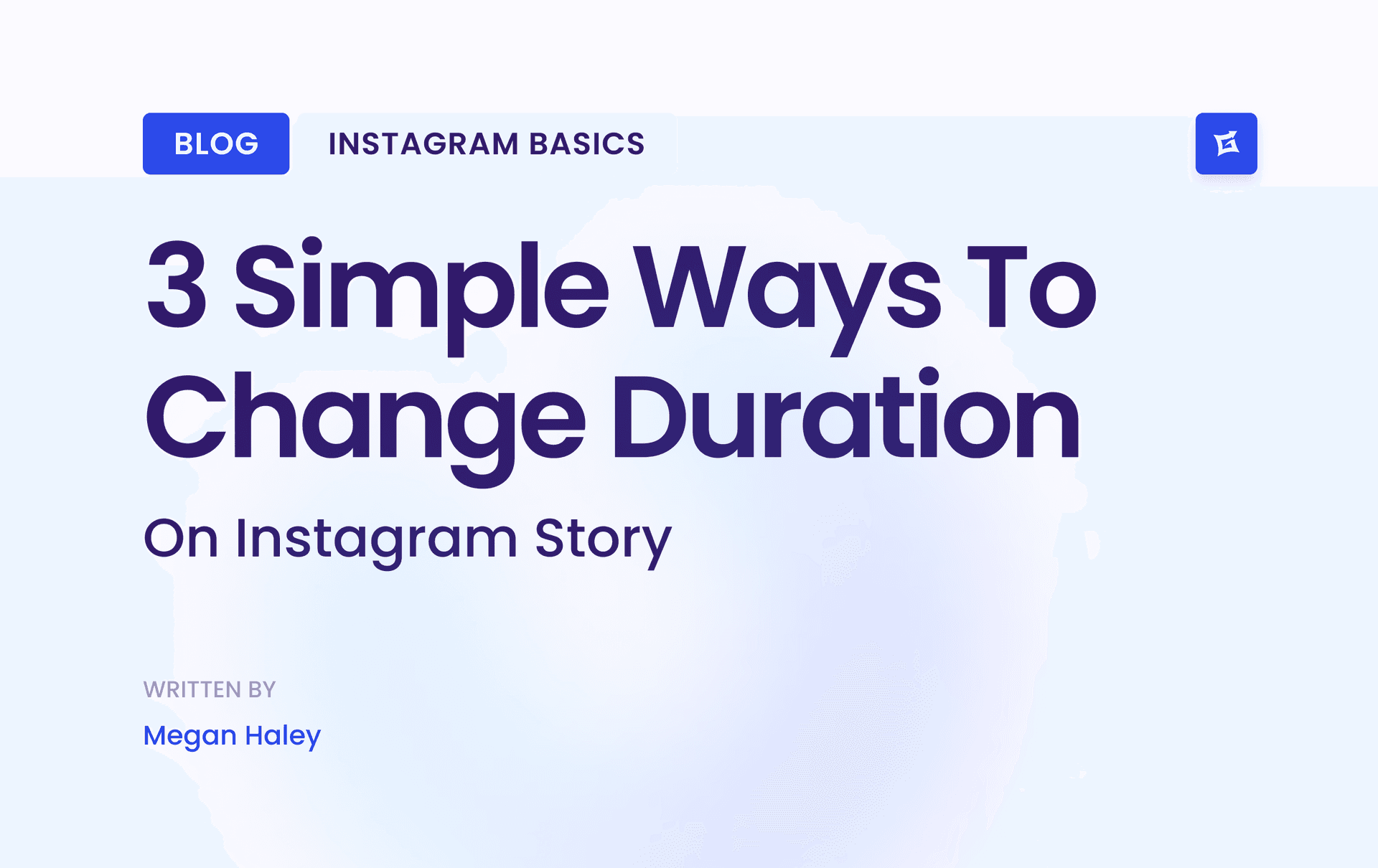
.png&w=1920&q=75&dpl=dpl_9XSWKBjhcBN6v6b1SN7m3p1WWjfr)
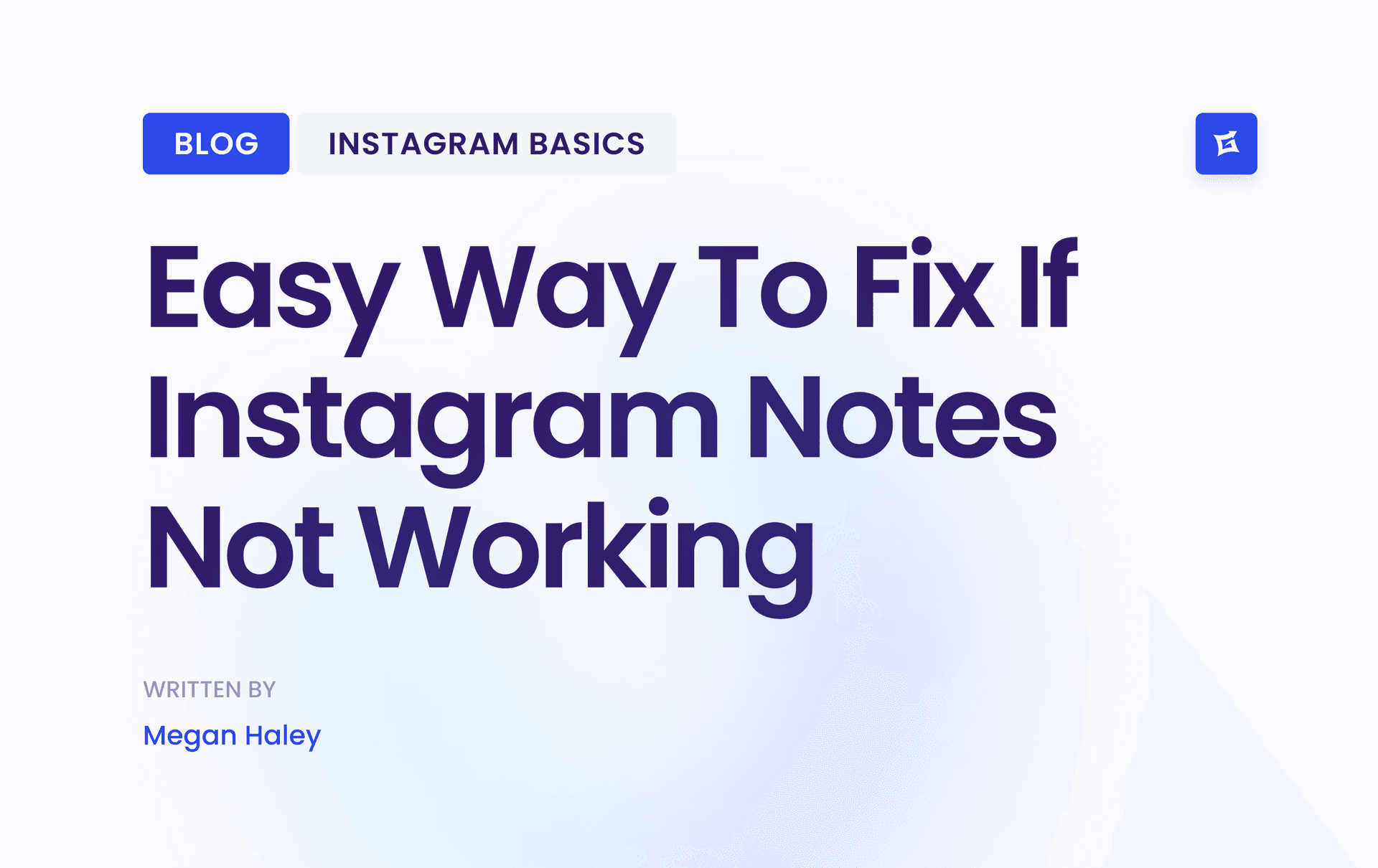
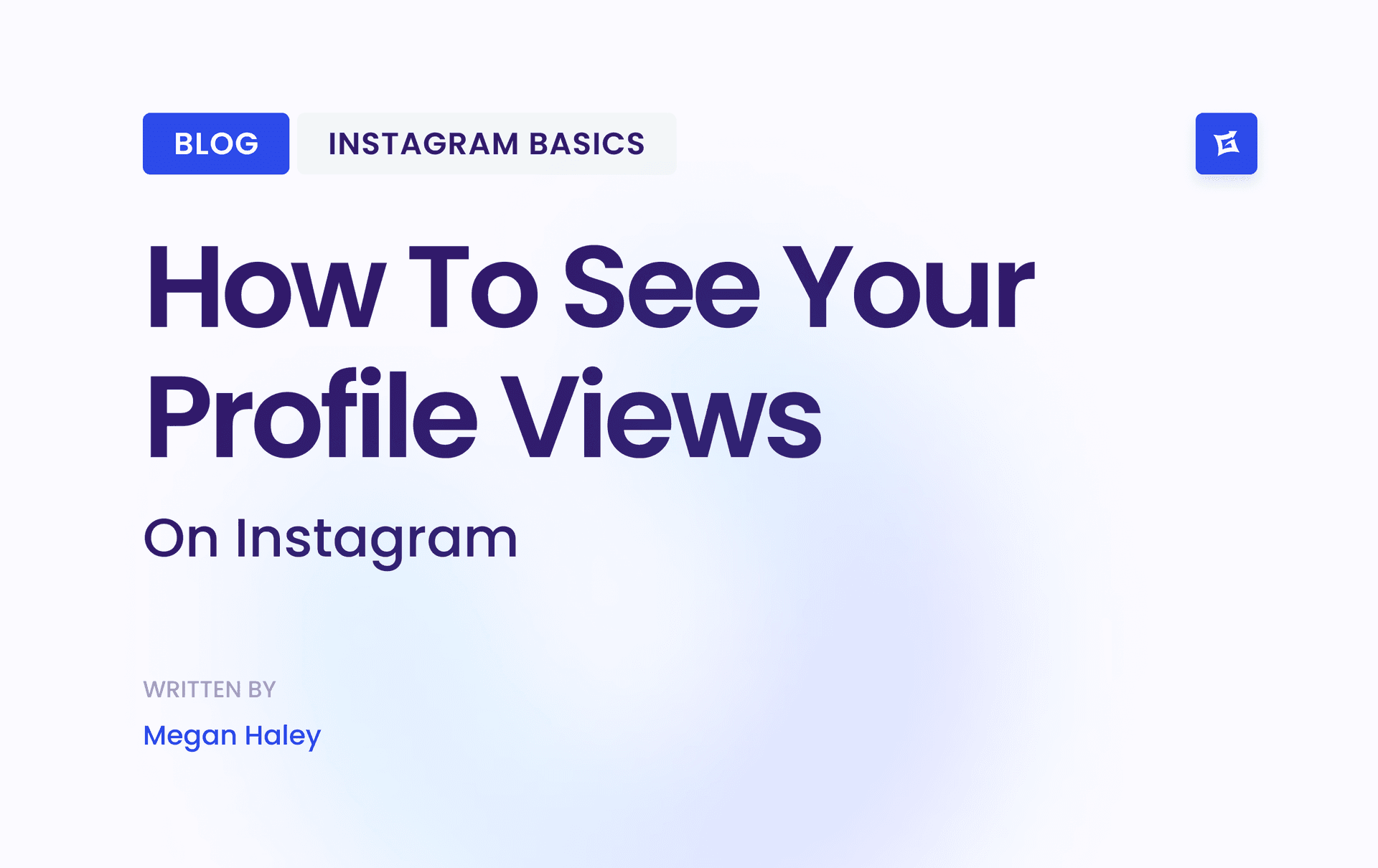
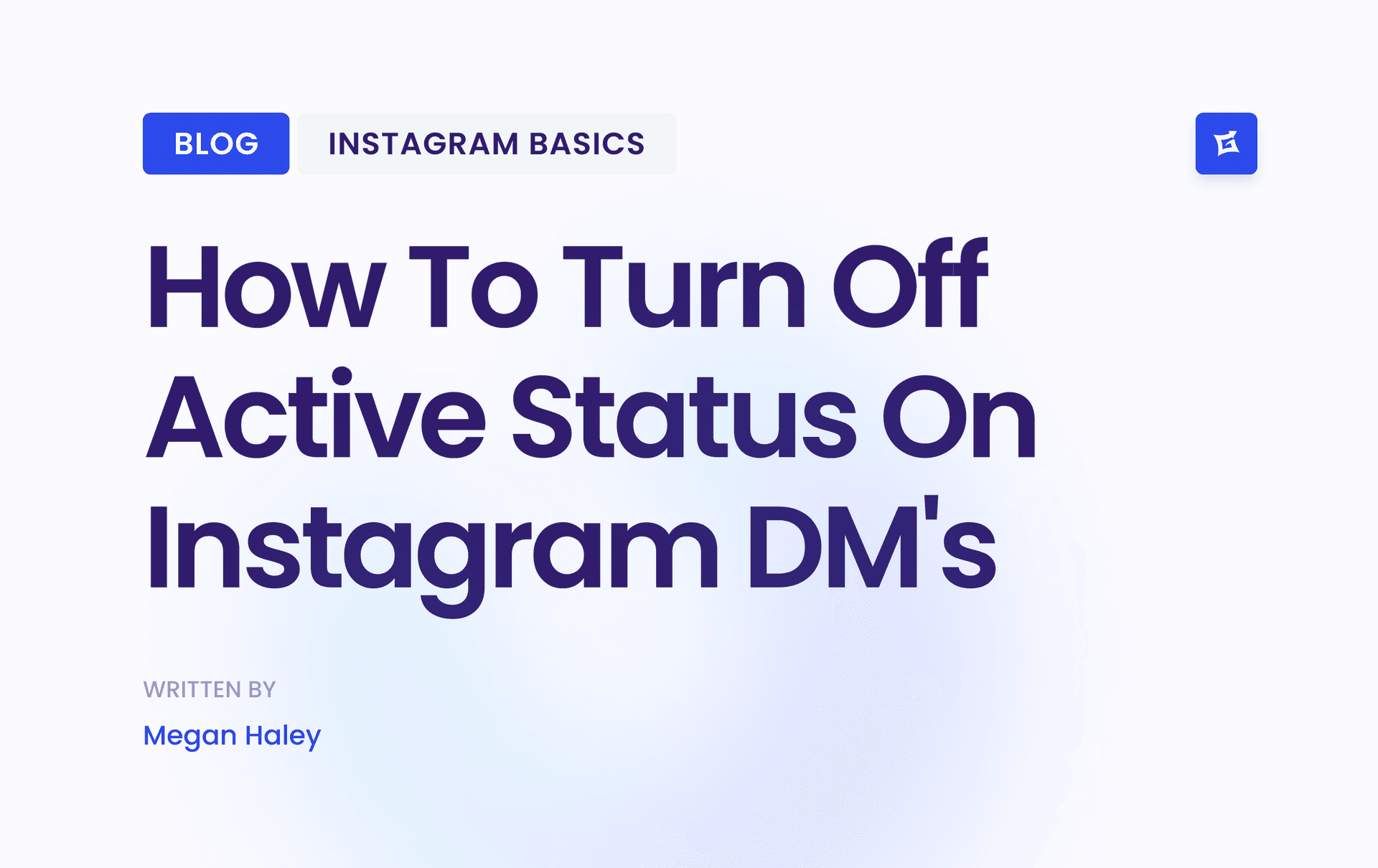
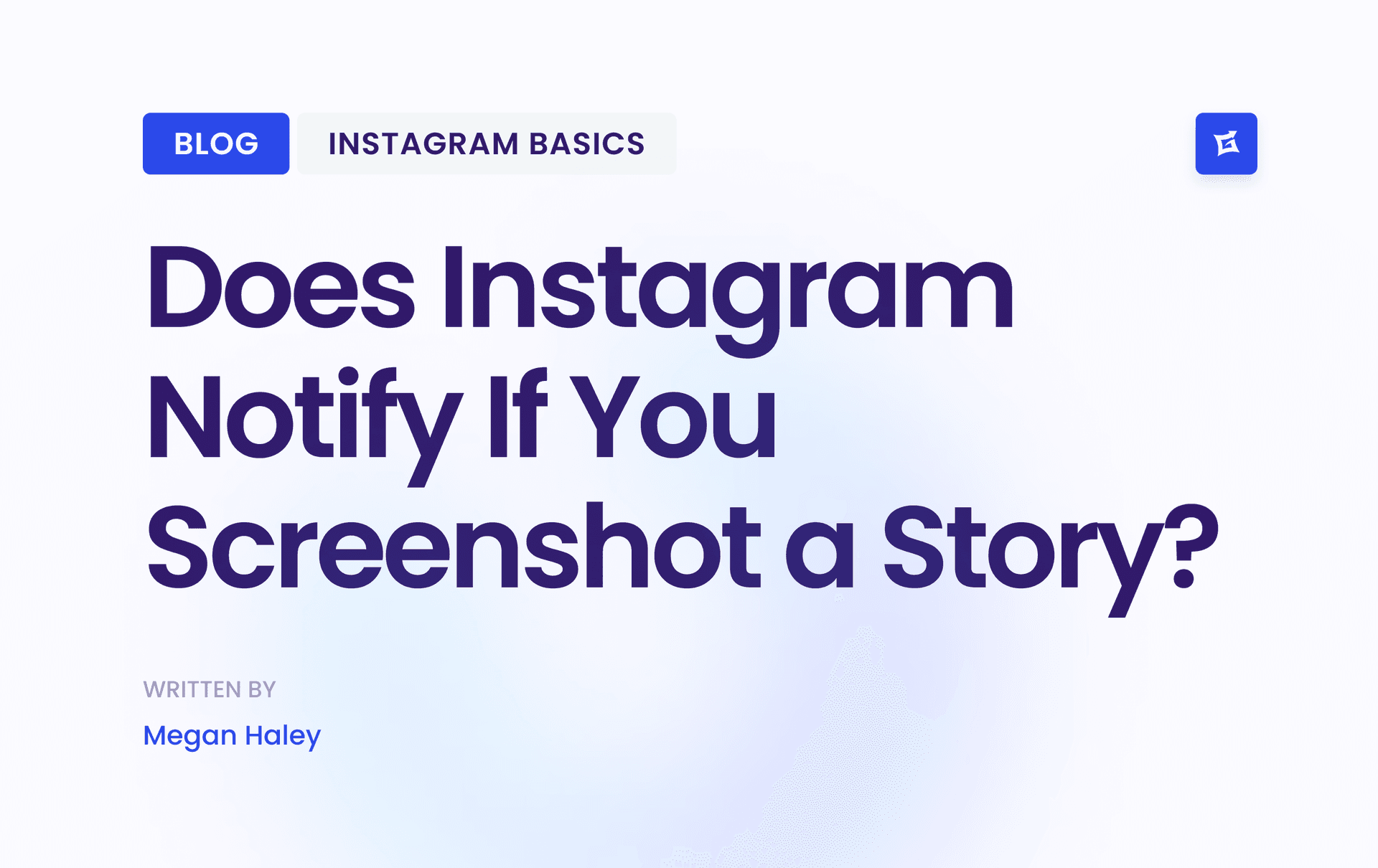



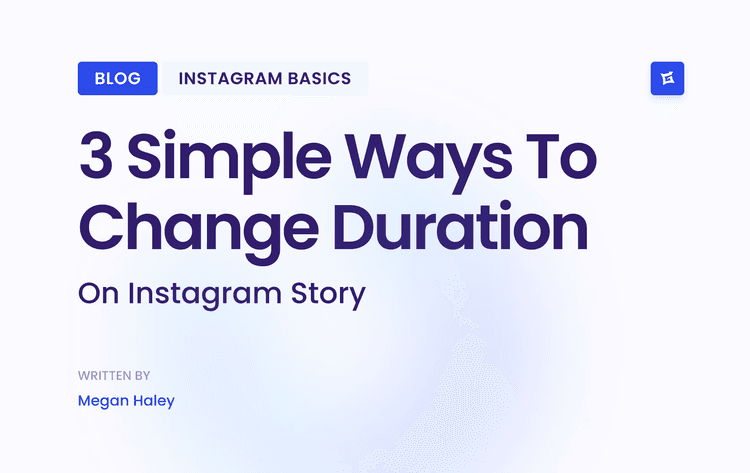
.png&w=750&q=75&dpl=dpl_9XSWKBjhcBN6v6b1SN7m3p1WWjfr)
